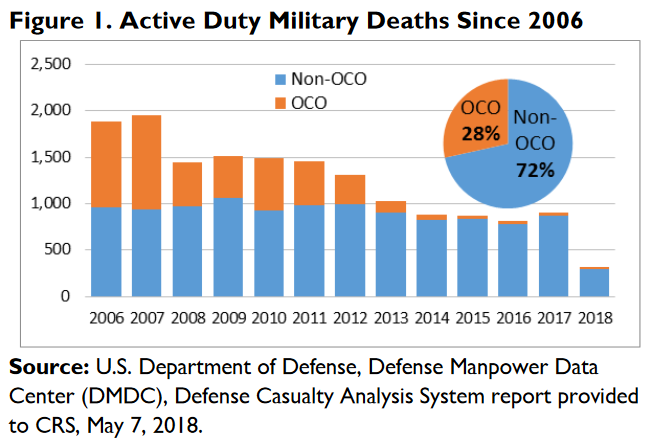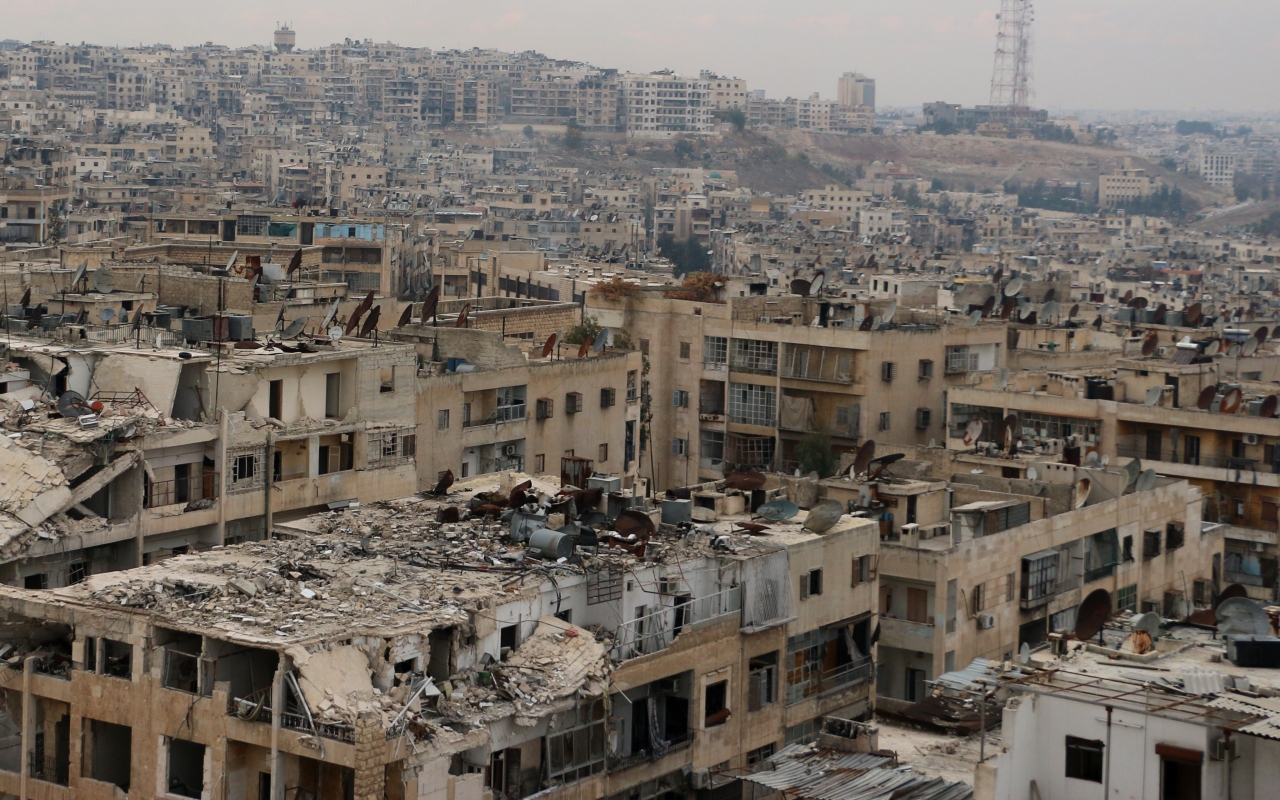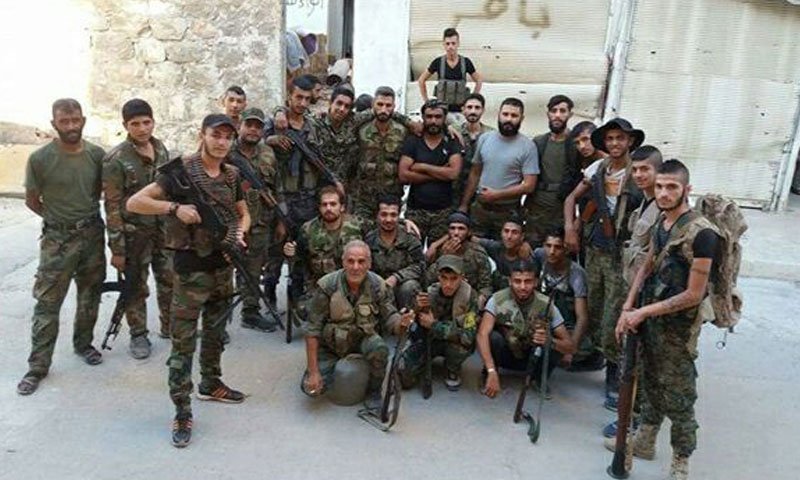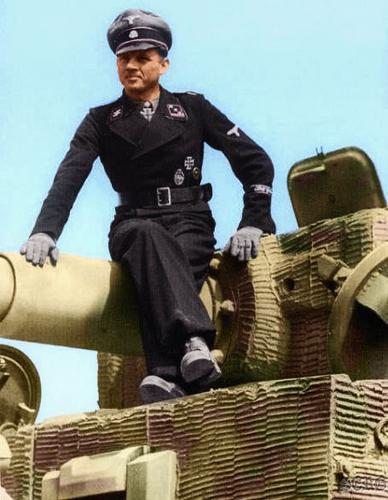
Two of the top panzer aces at the Battle of Kursk were Michael Wittmann (1914-1944) and Franz Staudegger (1923-1991). They were both in the heavy panzer company (armed with Tiger Is) of the Leibstandarte SS Adolf Hitler Panzer Grenadier Division (LSSAH or LSSAH PzGrD). I only briefly addressed them in my Kursk book. I now find myself going back over their efforts.
The problem is that while there are very detailed narratives on their actions from 5-12 July 1943, there are unresolved issues with these narratives. Let me address a couple of them:
- It is claimed that Wittmann killed 8 T-34s and 7 AT guns on 5 July 1943 (source: Agte, page 96, 126).
- Some accounts say 12. For example: https://www.warhistoryonline.com/world-war-ii/top-7-facts-about-michael-wittmann-the-biggest-panzer-ace-in-wwii.html
- Some accounts say 13 T-34s and 2 AT guns.
- It is claimed that Staudegger killed two tanks (T-34s?) the evening of 5 July in close combat. (source: Agte, pages 98-99)
- Some accounts say it was a T-34. For example: https://www.warhistoryonline.com/guest-bloggers/franz-staudegger-german-tiger-ace-battle-kursk.html
- and http://ftr.wot-news.com/2013/09/04/staudeggers-run/
First of all, the unusually high German claims are the Eastern Front are often believable because of the unusually high losses by the Soviet Union. It often becomes difficult to disprove any claims. For example, on page 875 of my Kursk book I examine the German claims of tank kills compared to actual Soviet losses.
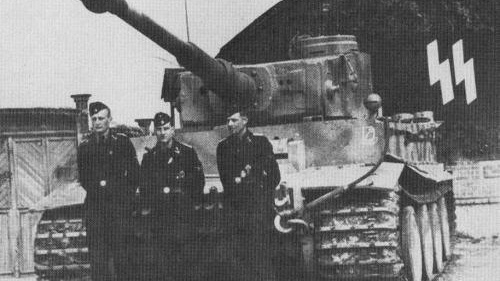
The biggest problem with the claims of killing T-34s on 5 July was that there was not many (if any) T-34s in and around the SS Panzer Corps on that day. The German accounts state that they were facing dug-in T-34s in their attack on 5 July (see Agte, pages 93, 95, 96 and 97). The attack of the LSSAH was in the area of Byikovka against the 52nd Guards Rifle Division, Sixth Guards Army. The armor units attached to the Sixth Guards Army were: 1) the 230th Tank Regiment, 2) the 245th Tank Regiment, 3) 1440th Self-Propelled Artillery Regiment, and 4) the 96th Tank Brigade. The 245th Tank Regiment was armed with 27 U.S. built M-3 Stuart tanks and 12 U.S. built M-3 Grants. The 96th Tank Brigade had 5 T-70s and 46 T-34s. We did not have detailed unit records for the other two regiments, but we assumed for the Kursk Data Base (KDB) that the 230th Tank Regiment was also armed with American built tanks. Valerii Zamulin in his book has the 230th Tank Regiment with 32 Stuarts and 7 Lees (one in repair) on 1 June 1943. He also confirmed in a meeting with me at the now out-of-business Grevey’s Sports Bar that they were armed with American tanks. Zamulin’s book shows the 1440th Self-Propelled Artillery Regiment on 1 June 1943 with 9 T-70s (one in repair) and 12 T-34s, but adds a footnote that states that at the beginning of the Kursk offensive the regiment was given a complete standard complement of a mix of 21 Su-76 and Su-122s. That is also what we had originally assumed (see Kursk: page 145).
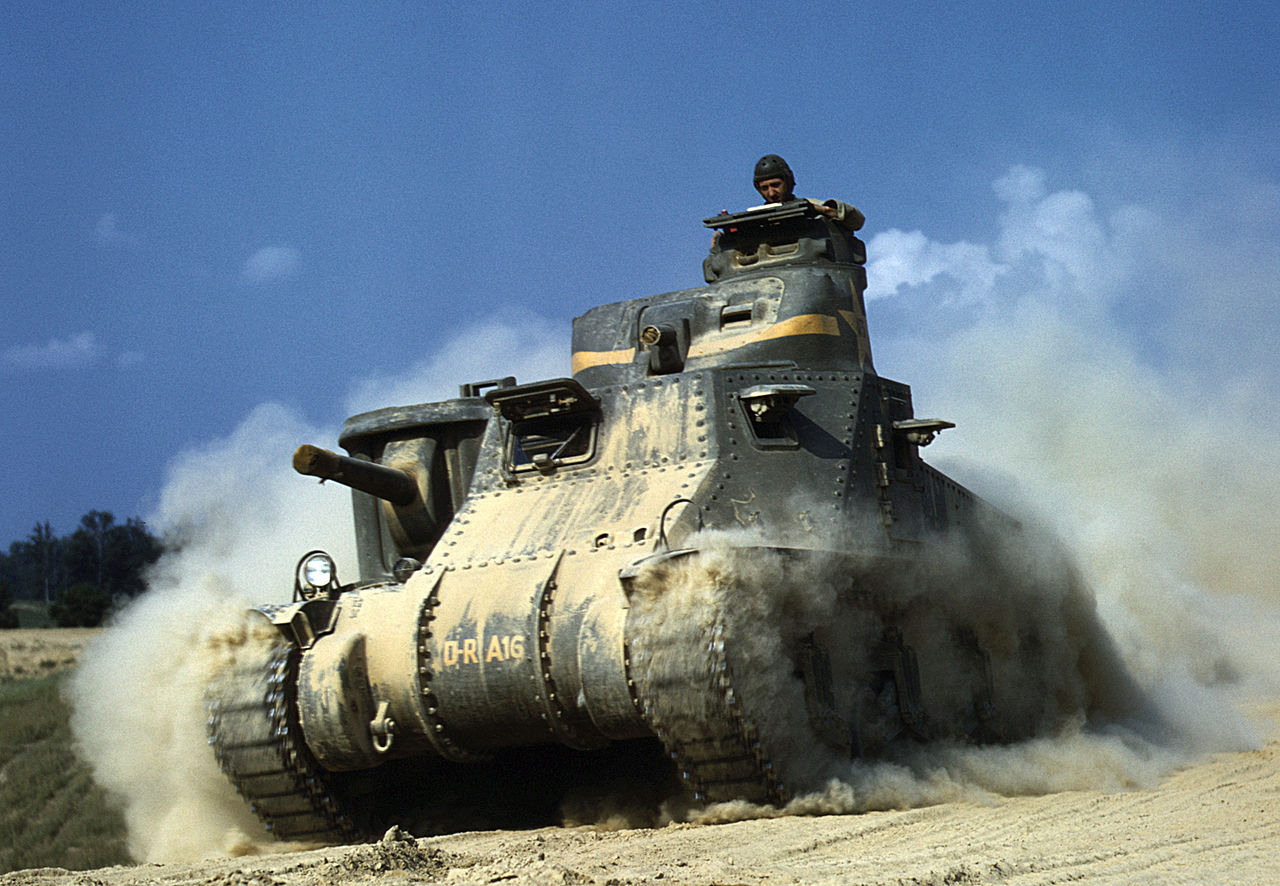

So, to summarize, only one unit attached to the Sixth Guards Army, the 96th Tank Brigade, was armed with T-34s. This unit was located northeast of Belgorod, attached to the 375th Rifle Division, but to the east of Gostishchevo and behind (to the NE) of the 81st Guards Rifle Division (Seventh Guards Army). The SS Panzer Corps was deployed with the LSSAH on its left (west), the Das Reich SS Panzer Grenadier Division (DR) in the center and the Totenkopf SS Panzer Grenadier Division (T) on the right. The Sixth Guards Army was deployed with the 52nd Guards Rifle Division opposite both LSSAH and DR and to its east was the 375th Rifle Division, opposite T PzGrD. The 245th Tank Regiment we have records for and it appears that it lost most of its tanks on 5 July. They were to the west of the SS Panzer Corps, opposite the German 48th Panzer Corps. The accounts and interviews we did from the units of the 48th Panzer Corps reported American tanks there. The 1440th SP Artillery Regiment was attached to the 67th Guards Rifle Division, which was also opposite the 48th Panzer Corps. Certainly, in the morning of 5 July, it raises the question of which, if any, T-34s could have been engaged.
Now, we do have the records of the 96th Tank Brigade. It reports for 5 July that the moved on the 5th to defend the Lipovyii Donets crossings of the Nepkhayevo, Visloye and Ternovka. This is in the area of the T SS PzGrD. They report no losses on the 5th. They specifically state “No tank losses” on the 6th (TSAMO, Fond: 3191, Opis: 1, Delo: 3, pages 15-17). On July 8 they report a strength of 46 T-34s and 6 T-70s, so they had gained 1 T-70 since 4 July. They also reported their first losses (3 tanks burned and 3 knocked-out).
There were units moving up to the Soviet second defensive echelon. The 1st Guards Tank Brigade of the III Mechanized Corps was moving up to the left of the SS Panzer Corps. They report that they lost one T-34 at 23:30 on 5 July. This is discussed in my Kursk book on page 754. The biggest armored formation in the area was the excellently lead II Guards Tank Corps. It was to the NE of Belgorod, behind the 96th Guards Tank Brigade. It not receive orders to move on the 5th of July until 1635 (Kursk: 417). The corps was deployed along the Lipovyii Donets at 0400 (Moscow time) on the 6th of July (Kursk: 473), which would put it facing T PzGrD.
Therefore, one of five things occurred:
- The 230th Tank Regiment was armed with T-34s (not likely)
- The 1440th SP Artillery Regiment was armed with 12 T-34s and saw action against the LSSAH (not likely).
- The 96th Tank Brigade saw significant action on the 5th (not likely).
- There were unreported T-34s that were part of the rifle divisions (not likely).
- The Germans were killing American tanks and claiming them as T-34s (most likely).
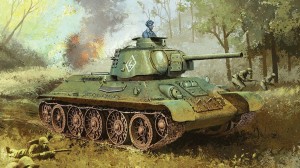
Finally one must consider the count. It appear that there were only around 39 tanks in the 230th Tank Regiment. The accounts published never mention any assault guns encountered on the 5th of July. Assuming 30 tanks from the 230th Tank Regiment were lost this day (which is what we assumed for the KDB), then did indeed Michael Wittmann kill 8 of them (27 percent)? Keep in mind this Soviet armor unit was facing two SS Panzer Grenadier Divisions, both of similar size and armament. Furthermore, Wittmann’s tank company was one of eight tank companies in his division, and one of 16 tank companies among these two divisions, plus there were 6 or so assault gun companies, four infantry regiments, many anti-tank guns, significant artillery, massive air support, etc. So could Wittmann have really killed 27 percent of the tanks the SS Panzer Corps faced that day, or his company killed 23 Soviet tanks (Kusk: page 392) or around 77 percent of the tanks the SS Panzer Corps faced that day? It is possible. Not sure how probable it is.
So, there are a lot of other experts out there. Please let me know where I might be wrong in questioning this.
P.S.
- The first picture is of Michael Wittmann, but colorized. It is from this site: http://www.ww2incolor.com/colorizations/MW8.html
- The second picture is supposedly of Michael Wittmann, but no claims as such, nor time and place. See: http://keywordsuggest.org/gallery/827239.html
- Picture of a Grant, although not from the Eastern Front.
- Picture of a Stuart, not from the Eastern Front.
- Picture of a T-34/76. See: http://weaponsman.com/?p=10924
P.P.S.: Some accounts of such claims:
Patrick Agte, Michael Wittmann: And the Waffen SS Tiger Commanders of the Leibstandarte in WWII: Volume One (Stackpole Books, Mechanicsburg, PA., 1996).
Also see my Kursk book, pages 145, 148, 267, 270, 271, 274, 284, 286, 392, 394, 395, 402, 417, 447, 473, 474, 754










